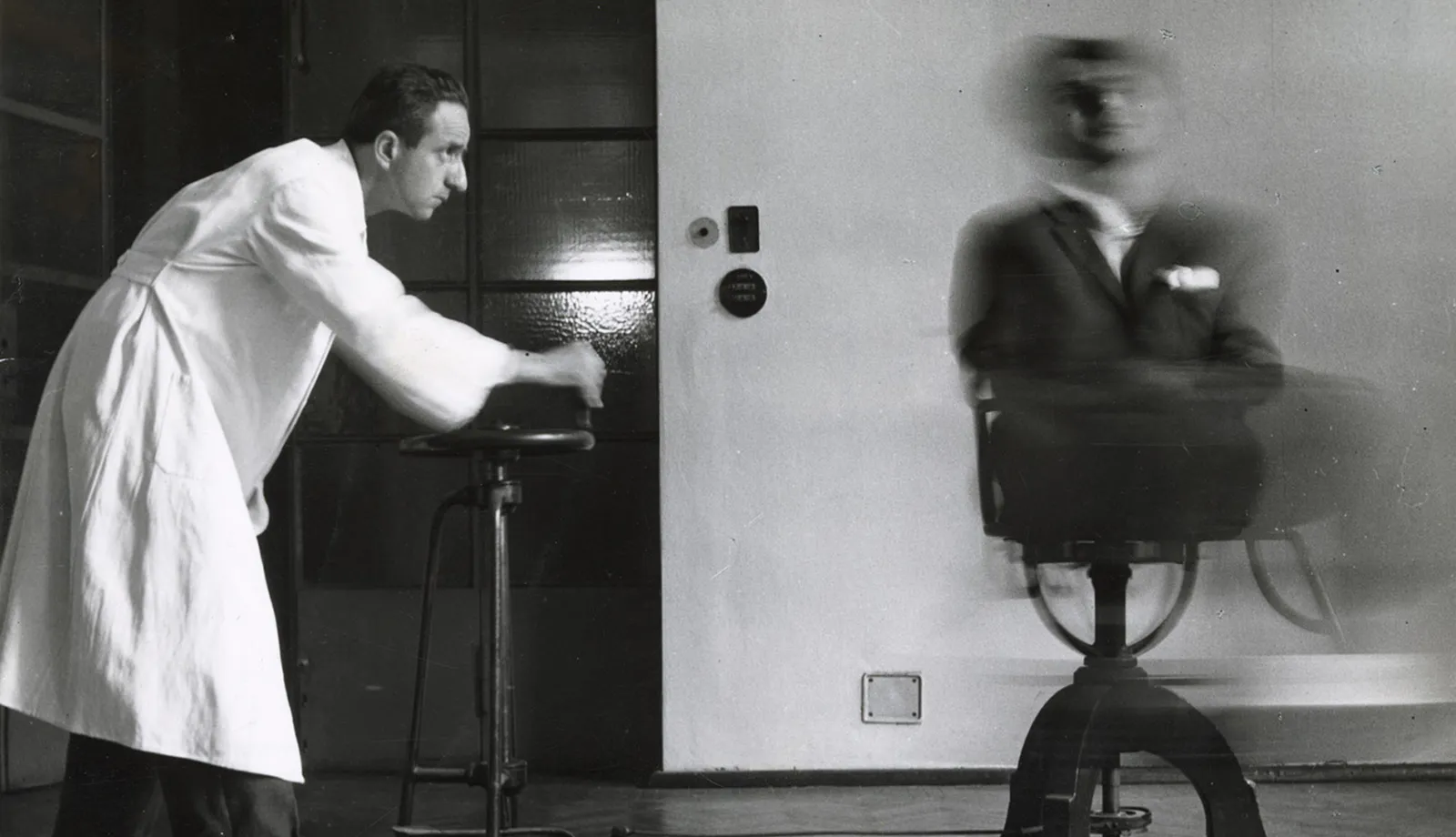Neurosciences for Training
The speed of execution of an athlete’s gestures is developed by working on kinaesthetic intelligence and precision of technique. The role of ‘enhanced perceptions’.
But there is another faculty of champions that is often studied (apart from the ability to read the ‘signals from the future’). This is the ab300ility to slow down or suspend time; to perform exceptional actions and plays as if in slowdown, in subjective slow motion, due—in an apparent paradox—to their very high speed of kinaesthetic execution, and above all to the speed of selection-processing of information from the environment.
To grasp its essence, we can resort to two fictions and their key sequences.
The first is Zack Snyder’s film 300, a highly simplified exaltation of the resistance of Leonidas’ Spartans fighting outnumbered against Xerxes’ Persians at Thermopylae. In the decisive moments of the battle, the mental representation of the Spartan soldier is made to coincide exactly with that of a great athlete, so much so that one of the film’s greatest attractions lies in the alternation, in these sequences, between the super- rapid fighting in the objective shots and the extremely slow representation of the subjective sequences. The second example is Greg Berlanti’s TV series The Flash, particularly in the sequences where the scarlet speedster has to save someone or defuse a nuclear device that would annihilate a city, and hurtles effortlessly through a crowd of frozen human beings. His high-speed running and thinking make the bystanders seem motionless and the surrounding world looks stationary.
Studied by numerous neuroscientists on various champions, the process is paradoxical, being counterintuitive. The faster the brain of a champion processes and selects information, the more the time available is dilated to guide choices in terms of technical play and kinaesthetic intelligence.
Nobuhiro Hagura of University College London—one of the scientists who has studied this slowdown in most depth—provides compelling descriptions of it in various sports, from Formula 1 (the overtaking sequences) to tennis, with McEnroe ‘feeling time slow as he hits the ball’. And that’s not all. Hagura adds that in the dynamics, the predictive scheme reappears, and he also identifies its main neural correlates (the insula). When a star player tries to solve a problem before it arises, he generates an ‘enhanced perception’, as happens to certain baseball players, who see the ball ‘as big as a grapefruit’.
